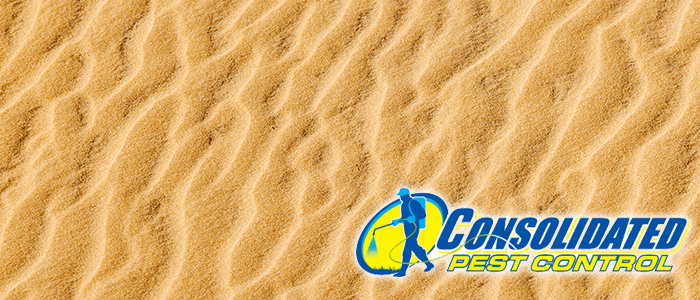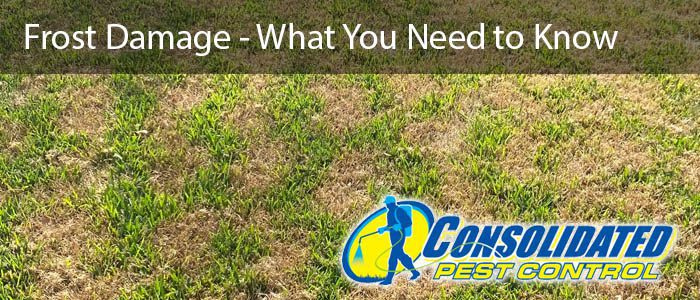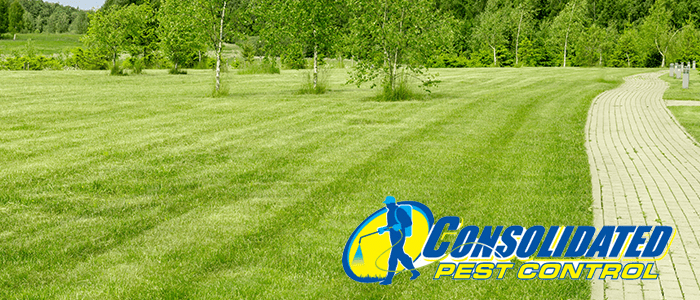
It is summer in Florida, so even during a worldwide pandemic people are still lining up to go to the beach. If you are among those that are seeking some fun in the sun, be aware that there are some nuisance pests that are known to frequent our sandy shores. Beyond flies and gnats and seagulls, there are also sand fleas. Read on to learn more about sand fleas and what to do avoid them.
What Are Sand Fleas?
There are several critters that are commonly known as sand fleas. But we will be looking at the ones that are common in the state of Florida. Contrary to popular opinion, these are not actually a flea. IN fact they are actually called biting midges or sandflies. They may also be called no-see-ums. They are very common in coastal areas or near mangrove swamps or marshes.
What Do They Look Like?
Sand fleas are extremely small at less than 1/8 of an inch, hence their no-see-um moniker. They are grey in color and have distinct patterns on their wings. They are not all that dissimilar to mosquitoes in their overall shape, although they are much smaller.
Biting
Surprisingly, only the female sandflies bite. They are most active at dawn and dusk, though they can be seen all day, especially on an overcast day with low winds. Similar to mosquitoes, when they bite, they use tiny teeth to break the skin. At the same time, they inject their saliva which contains a chemical anticoagulant, or anti-clotting agent, into the blood. This causes a small amount of blood to pool on the surface of the skin, which the sandfly then quickly sucks up. The whole process takes approximately two minutes.
Active Season
As with most midge species, they are most active in the warmer summer months. As soon as the temperatures begin to drop, which in Florida may not happen until late fall, their numbers begin to dwindle. In some parts of Florida where it remains warmer, sandflies may remain active even well into the winter months.
Are They Dangerous?
Biting midges are often carriers of human nematode parasites, which can be harmful to humans if not treated properly. These nematodes include hookworms, pinworms, and whipworms, among other species. They cause diseases that generally affect the digestive system in humans, such as trichinosis.
How Do I Avoid Them?
The best options to avoid being bitten by sandflies are as follows:
- Avoid outdoor activity during peak hours (dawn and dusk)
- Apply insect repellants that are rated for use against biting midges (read your repellant’s label to be sure)
- Use fans at high speeds while in screened porches to discourage biting midges
- Treat your screened porch with a barrier spray to temporarily defend against biting midges
- Use plants that are known to repel midge species such as chrysanthemum
- The best beach days are windy days
- Avoid outdoor activity immediately after a rain, as the cool, wet weather encourage more biting midge activity
- Avoid sitting or laying directly in the sand. Use a lounge chair to elevate yourself slightly.








